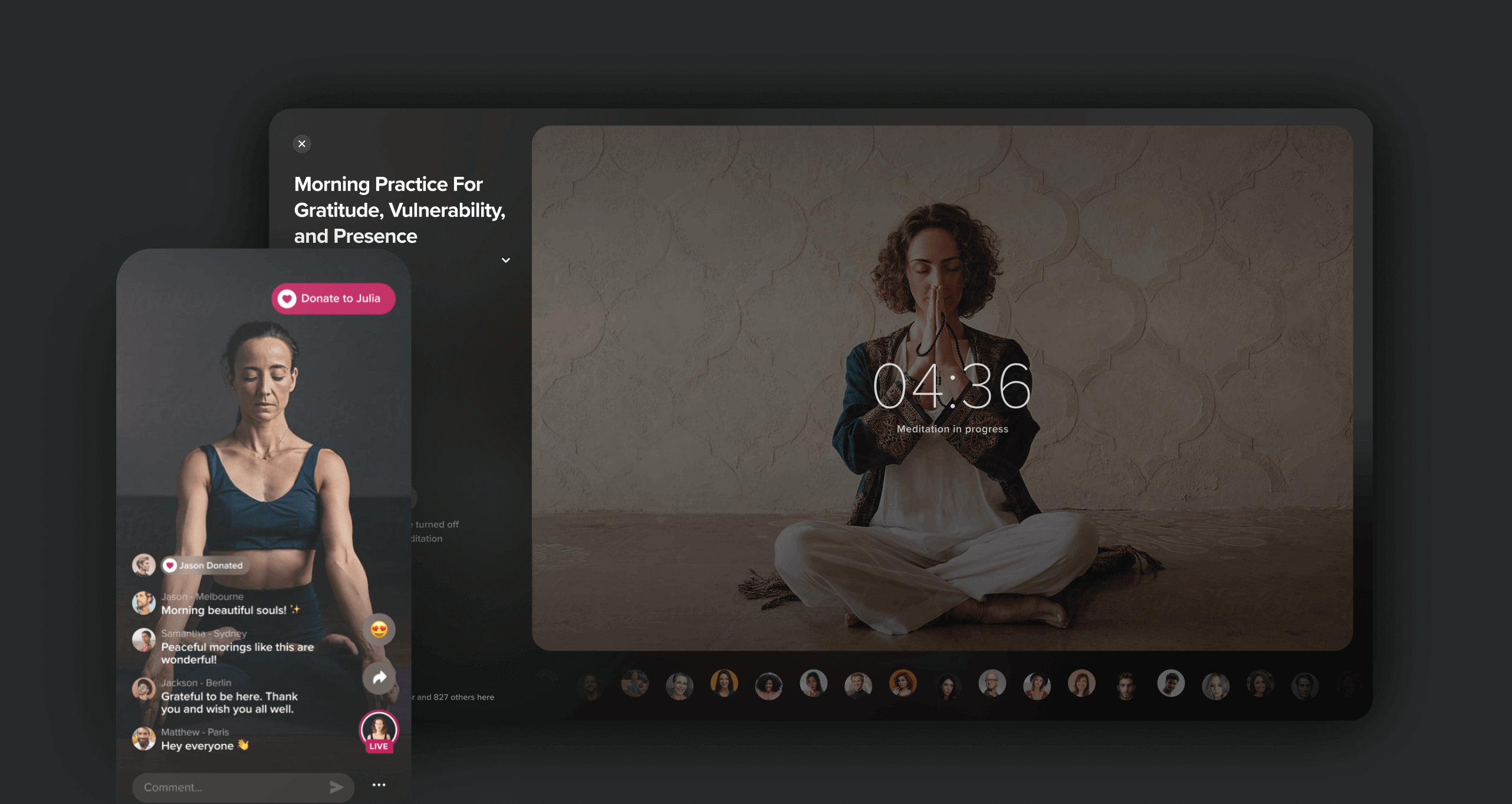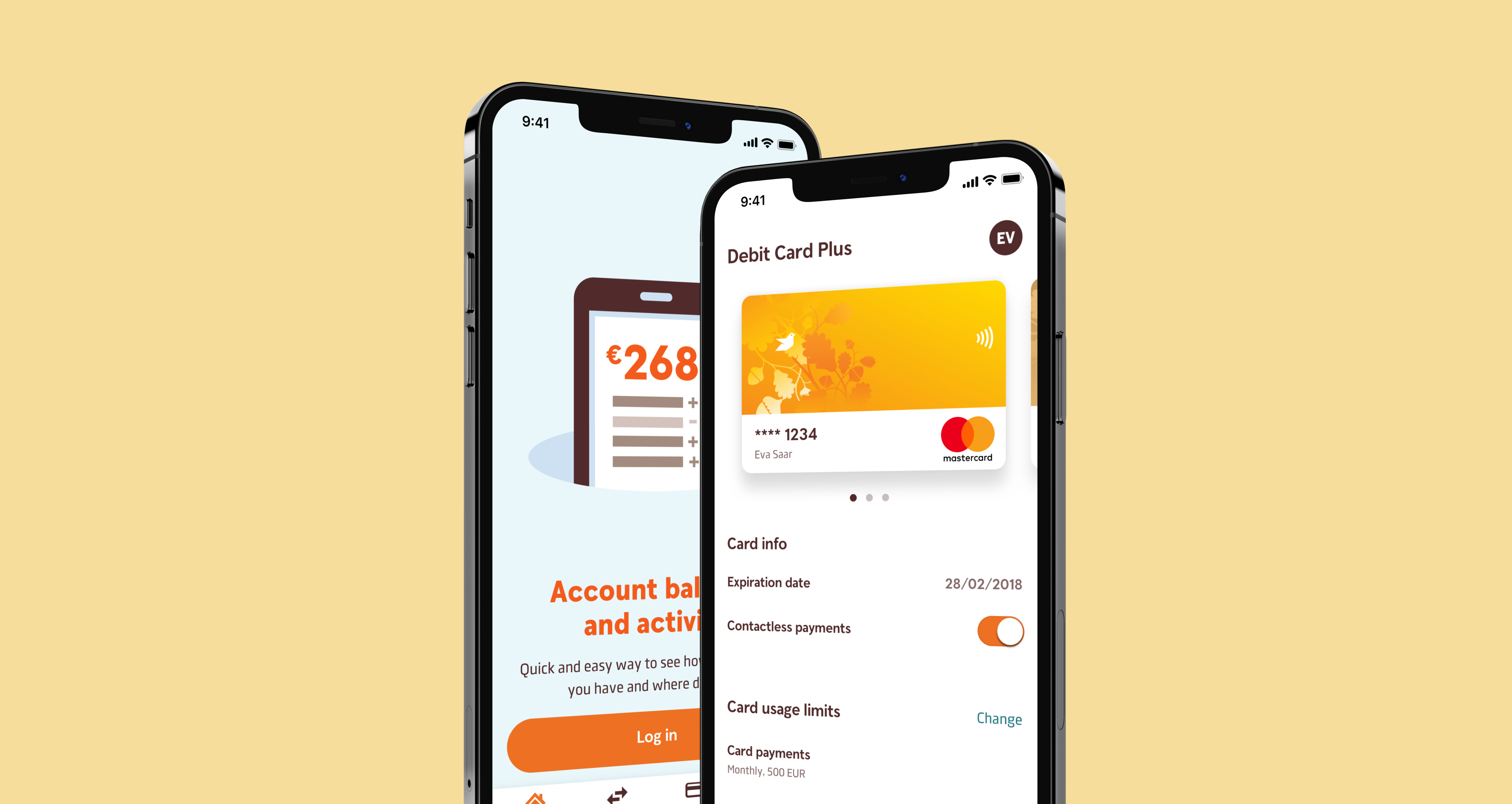Chatbot
I joined a leading Australian telecommunications company as a contractor to help with their digital transformation journey to provide customers with more innovative and dynamic services. I was responsible for crafting experiences between a chatbot and a human in the app and a website. I also scoped the analytics tool to automate manual processes and help with the planned scaling from 10,000 to 100,000 conversations per month.
Title
Conversation Designer
Time
Aug - Dec 2019
Platform
iOS, Web

Background and my role
When I joined the team, some intents were already built and rolled onto a small segment of customers. As a part of a cross-functional team, I worked in an Optimisation squad. I analysed how intents were performing in production, identified gaps and new scenarios, and highlighted API improvements needed.
Chatbots and design process
One remark. Most chatbots aren't that intelligent at the moment. Our chatbot wasn't entirely rule-based and utilised natural language processing, which allows for increased personalisation and being more human. It accepts and processes queries in a written conversational form and can understand the context.
But still, "AI" is setting up high expectations, and Virtual Assistants are relatively basic now. Generally, they follow a predefined script based on a user's utterance. At the beginning of a conversation, they try to match a user's question to a list of predefined intents and trigger one of the intents if the confidence level is high enough.
On a high level, the chatbot design process is not much different from any other design process — the same design thinking methodology, adjusted to conversational design nuances. In short, it is information architecture (on steroids) + interaction design.

Creating a chatbot analytics tool
The problem
Soon after I joined, it became clear that the manual process of the design analytics wouldn't scale, and, as we roll the virtual assistant to a bigger audience, the manual approach might leave blind spots on critical design flaws. After some market research, we decided to build an analytics tool ourselves - there was nothing good enough on the market back then. Creating the tool ourselves, among other things, helped us ensure data privacy.
My role was to ideate and design the requirements and then polish the tool, and my colleague built the scripts to match these requirements.
Tool's objective
Find, quantify, and analyse the most significant problem areas on an intent level.
Target analysis on the main problem areas instead of blindly and manually trying to find and quantify patterns in thousands of rows of data.
Defining user stories
As a conversation designer,
Tool's performance
As a result, we had a tool that reduced approximately one-fifth of the designers' time spent on performance analytics, which improved efficiency and team morale (sticking to manual processes that everyone knows the algorithm can do is never fun).
Key takeaways
Before I start, I must say there're many great articles and guidelines around the process and core principles of conversational design, so I won't cover these. Instead, I want to talk about some insights that I had while working on the Virtual Assistant that isn't that mainstream and can be niche but worked perfectly well for us.
This doesn't have to
end yet, you know!
Email me at katetrifo@proton.me
and let's talk about anything
See more work

InsightiTimer
Designing an app to help 20+ million practice well-being daily

Swedbank
Rebuilding an app for the largest bank in Estonia